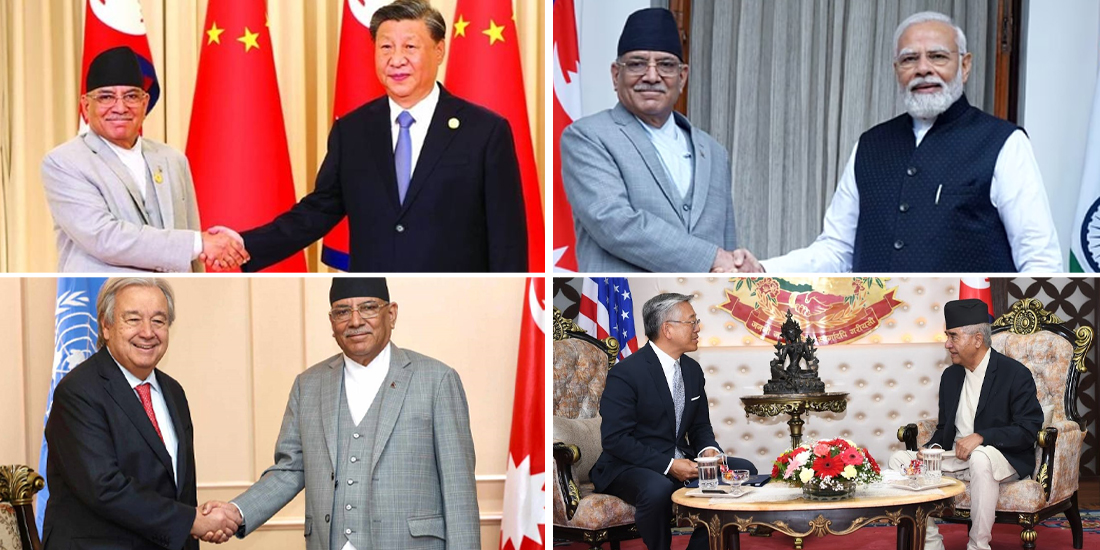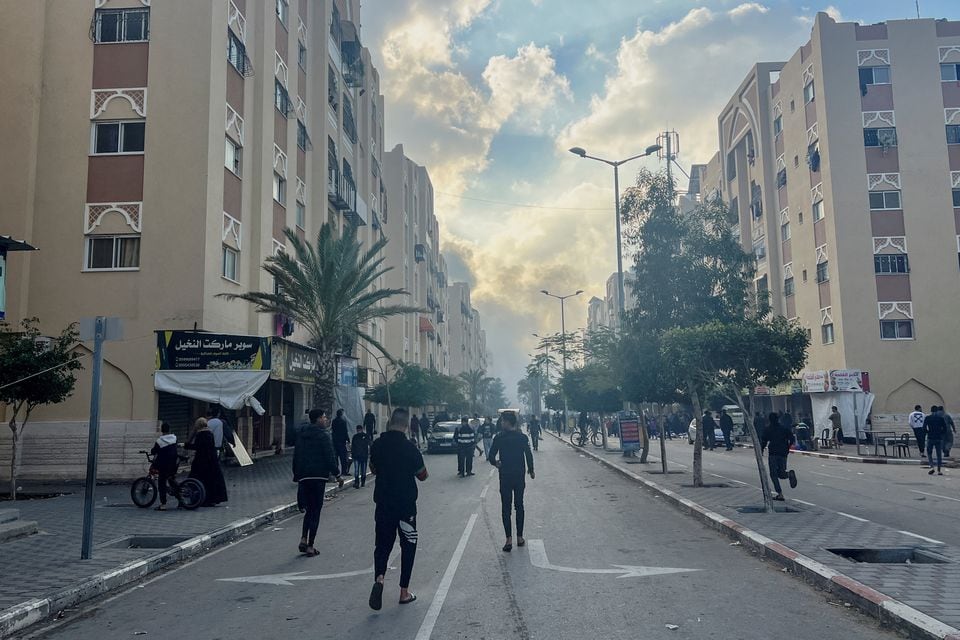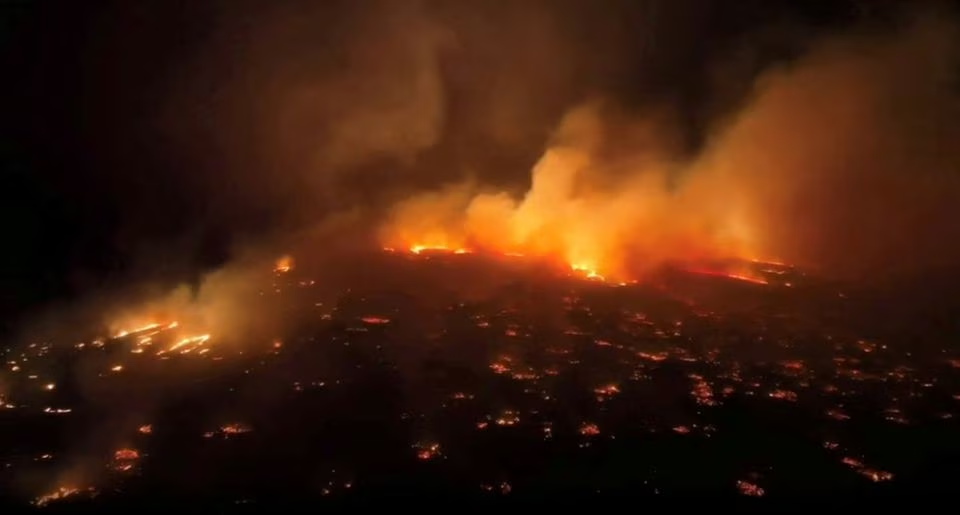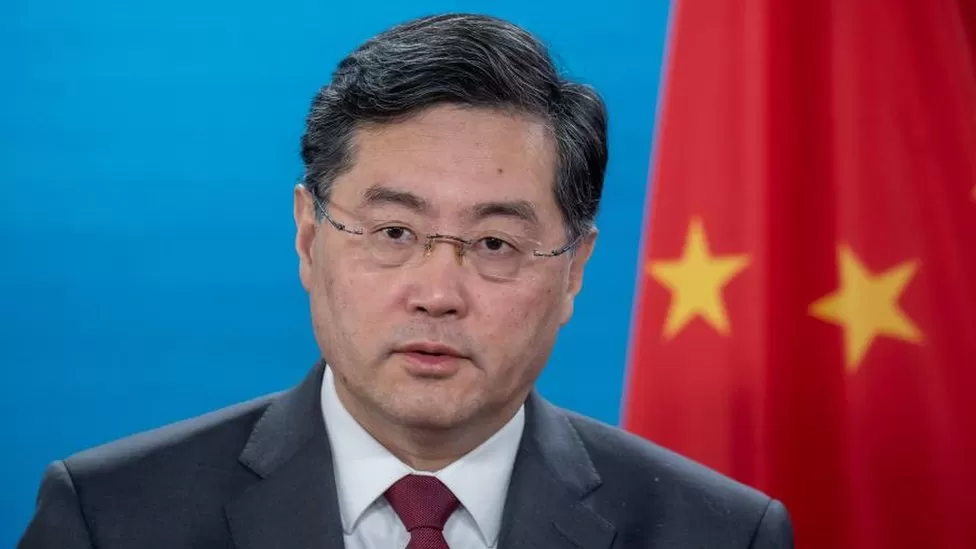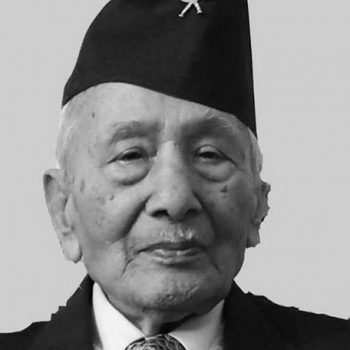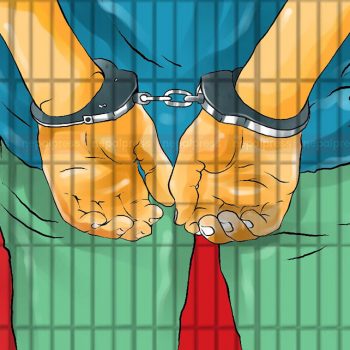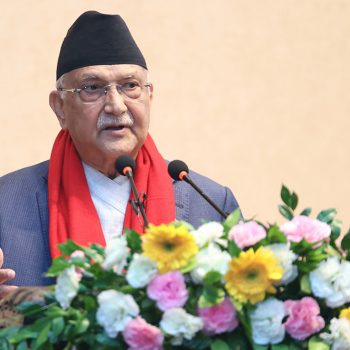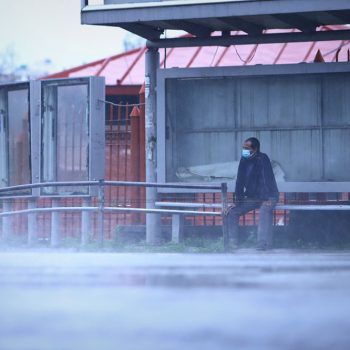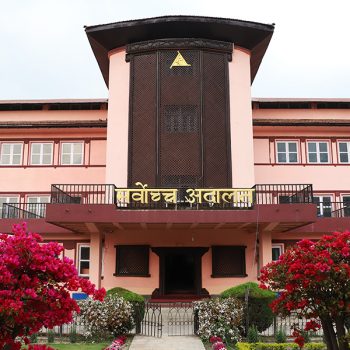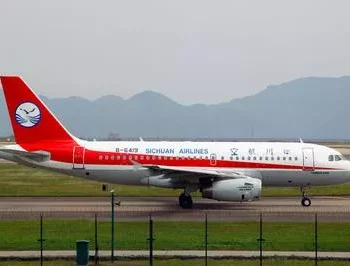Russians leave Chernobyl; Ukraine braces for renewed attacks
 NepalPress
NepalPress

Russian troops left the heavily contaminated Chernobyl nuclear site early Friday after returning control to the Ukrainians, authorities said, as eastern parts of the country braced for renewed attacks and Russians blocked another aid mission to the besieged port city of Mariupol, Associated Press reported.
Ukraine’s state power company, Energoatom, said the pullout at Chernobyl came after soldiers received “significant doses” of radiation from digging trenches in the forest in the exclusion zone around the closed plant. But there was no independent confirmation of that.
The exchange of control happened amid growing indications the Kremlin is using talk of de-escalation in Ukraine as cover to regroup, resupply its forces and redeploy them for a stepped-up offensive in the eastern part of the country.
Ukrainian President Volodymyr Zelenskyy warned that Russian withdrawals from the north and center of the country were just a military tactic to build up forces for new powerful attacks in the southeast. A new round of talks between the countries was scheduled Friday, five weeks into a conflict that has left thousands dead and driven 4 million Ukrainians from the country.
“We know their intentions,” Zelenskyy said in his nightly video address to the nation. “We know that they are moving away from those areas where we hit them in order to focus on other, very important ones where it may be difficult for us.”
“There will be battles ahead,” he added.
Following a plea from Zelenskyy when he addressed Australian Parliament on Thursday, Prime Minister Scott Morrison said that his country would send mine-resistant armored personnel carriers to Ukraine.
He said Friday the four-wheel drive “Bushmaster” vehicles, specifically requested by Zelenskyy, would be flown in to Europe but did not say how many would be delivered or when.
“We’re not just sending our prayers, we are sending our guns, we’re sending our munitions, we’re sending our humanitarian aid, we’re sending all of this, our body armor, all of these things and we’re going to be sending our armored vehicles, our Bushmasters, as well,” Morrison said.
In the encircled strategic port city of Mariupol, Russian forces blocked a convoy of 45 buses attempting to evacuate people after the Russian military agreed to a limited cease-fire in the area. Only 631 people were able to get out of the city in private cars, according to the Ukrainian government.
Russian forces also seized 14 tons of food and medical supplies in a dozen buses that were trying to make it to Mariupol, Deputy Prime Minister Iryna Vereshchuk said.
The city has been the scene of some of the worst suffering of the war. Tens of thousands have managed to get out in the past few weeks by way of humanitarian corridors, reducing the population from a prewar 430,000 to an estimated 100,000 by last week, but other relief efforts have been thwarted by continued Russian attacks.
The International Atomic Energy Agency said it had been informed by Ukraine that the Russian forces at the site of the world’s worst nuclear disaster had transferred control of it in writing to the Ukrainians. The last Russian troops left Chernobyl early Friday, the Ukrainian government agency responsible for the exclusion zone said.
Energoatom gave no details on the condition of the soldiers it said were exposed to radiation and did not say how many were affected. There was no immediate comment from the Kremlin, and the IAEA said it had not been able to confirm the reports of Russian troops receiving high doses. It said it was seeking more information.
Russian forces seized the Chernobyl site in the opening stages of the Feb. 24 invasion, raising fears that they would cause damage or disruption that could spread radiation. The workforce at the site oversees the safe storage of spent fuel rods and the concrete-entombed ruins of the reactor that exploded in 1986.
Edwin Lyman, a nuclear expert with the U.S.-based Union of Concerned Scientists, said it “seems unlikely” a large number of troops would develop severe radiation illness, but it was impossible to know for sure without more details.
He said contaminated material was probably buried or covered with new topsoil during the cleanup of Chernobyl, and some soldiers may have been exposed to a “hot spot” of radiation while digging. Others may have assumed they were at risk too, he said.
IAEA Director-General Rafael Grossi was in the Russian enclave of Kaliningrad on Friday for talks with senior officials there about nuclear issues in Ukraine.
In addition to concerns about Chernobyl, nine of Ukraine’s 15 operational reactors are currently in use, including two at the Russian-controlled Zaporizhzhya facility, the IAEA said.
Early this week, the Russians said they would significantly scale back military operations in areas around Kyiv and the northern city of Chernihiv to increase trust between the two sides and help negotiations along.
But in the Kyiv suburbs, regional governor Oleksandr Palviuk said on social media Thursday that Russian forces shelled Irpin and Makariv and that there were battles around Hostomel. Pavliuk said there were Ukrainian counterattacks and some Russian withdrawals around the suburb of Brovary to the east.
At a Ukrainian military checkpoint outside Kyiv, soldiers and officers said they don’t believe Russian forces have given up on the capital.
“What does it mean, significantly scaling down combat actions in the Kyiv and Chernihiv areas?” asked Brig. Gen. Valeriy Embakov. “Does it mean there will be 100 missiles instead of 200 missiles launched on Kyiv or something else?”
NATO Secretary-General Jens Stoltenberg said intelligence indicates Russia is not scaling back its military operations in Ukraine but is instead trying to regroup, resupply its forces and reinforce its offensive in the Donbas.
“Russia has repeatedly lied about its intentions,” Stoltenberg said. At the same time, he said, pressure is being kept up on Kyiv and other cities, and “we can expect additional offensive actions bringing even more suffering.”
The Donbas is the predominantly Russian-speaking industrial region where Moscow-backed separatists have been battling Ukrainian forces since 2014. In the past few days, the Kremlin, in a seeming shift in its war aims, said that its “main goal” now is gaining control of the Donbas, which consists of the Donetsk and Luhansk regions, including Mariupol.
The top rebel leader in Donetsk, Denis Pushilin, issued an order to set up a rival city government for Mariupol, according to Russian state news agencies, in a sign of Russian intent to hold and administer the city.
With talks set to resume between Ukraine and Russia via video, there seemed little faith that the two sides would resolve the conflict any time soon.
Russian President Vladimir Putin said that conditions weren’t yet “ripe” for a cease-fire and that he wasn’t ready for a meeting with Zelenskyy until negotiators do more work, Italian Premier Mario Draghi said after a telephone conversation with the Russian leader.
As Western officials search for clues about what Russia’s next move might be, a top British intelligence official said demoralized Russian soldiers in Ukraine are refusing to carry out orders and sabotaging their equipment and had accidentally shot down their own aircraft.
U.S. intelligence officials have concluded that Putin is being misinformed by his advisers about how badly the war is going because they are afraid to tell him the truth.
Kremlin spokesman Dmitry Peskov said that the U.S. is wrong and that “neither the State Department nor the Pentagon possesses the real information about what is happening in the Kremlin.”



